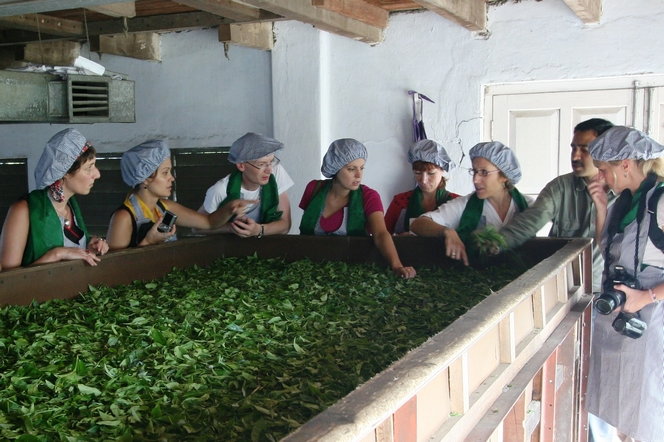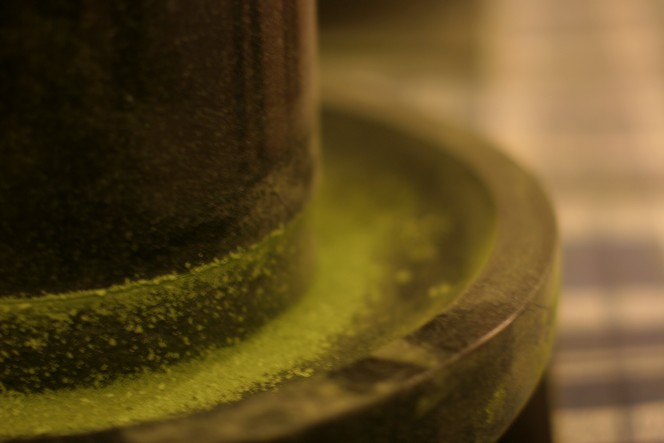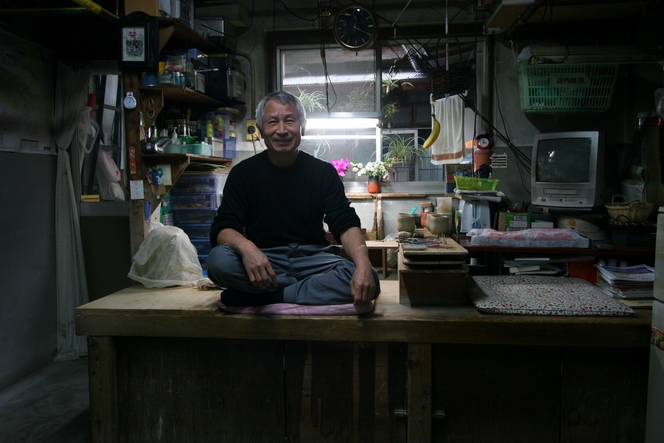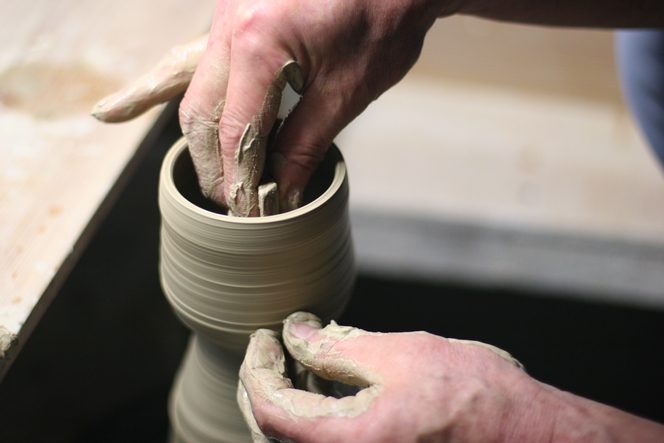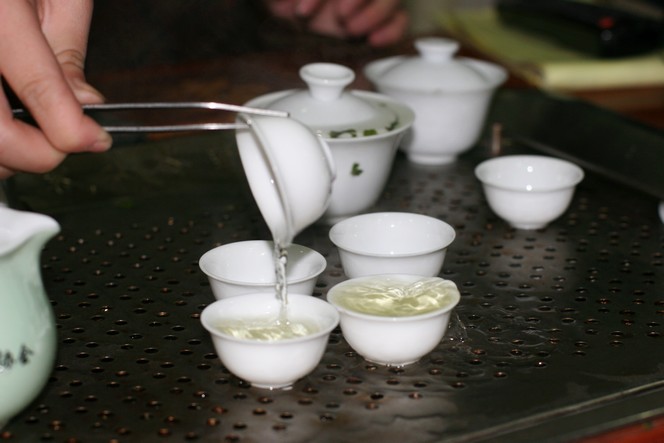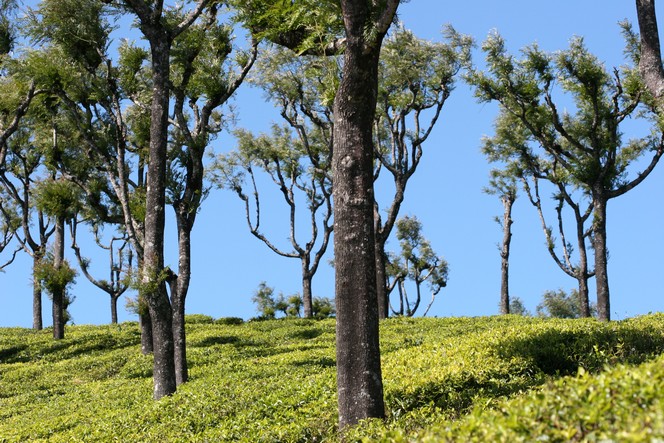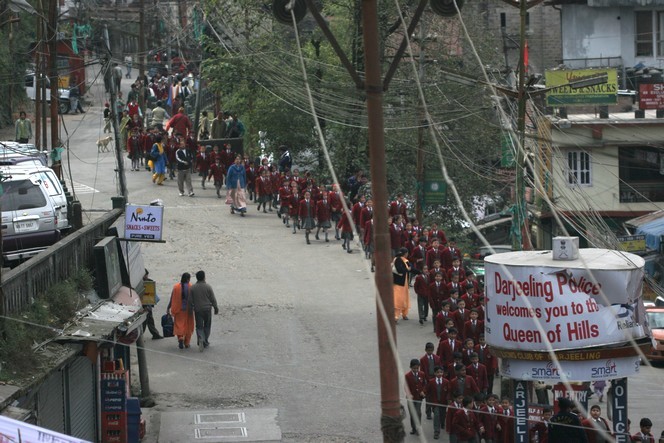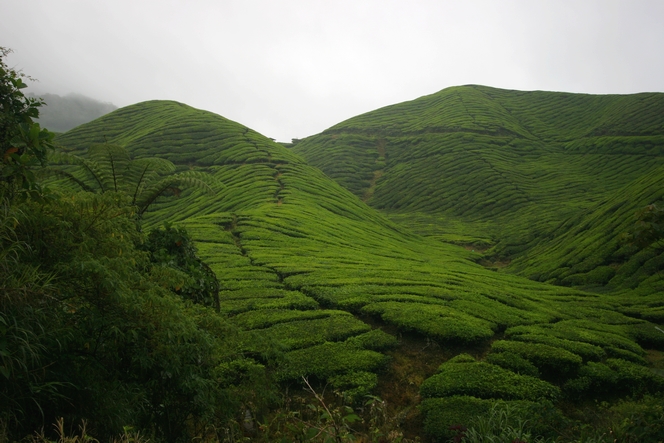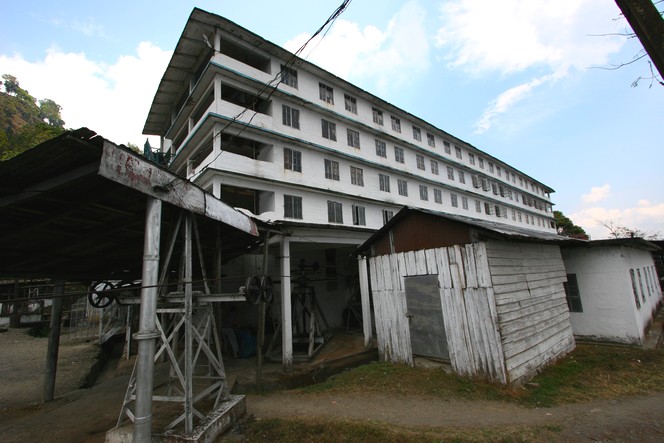The City of Joy is also the city of tea. All the tea produced in Assam and Darjeeling is shipped from the port of Kolkata (also known as Calcutta), and the plantations in the north of India all have offices in the city. So I often come here, and go to tea tasting after tea tasting.
The city is unbelievably dilapidated. It is overpopulated, overcrowded, crumbling, stifling, humid and disgustingly dirty. It has a way of sucking the life out of you. Yet despite all this, I really love the place. I am happy in Kolkata.


